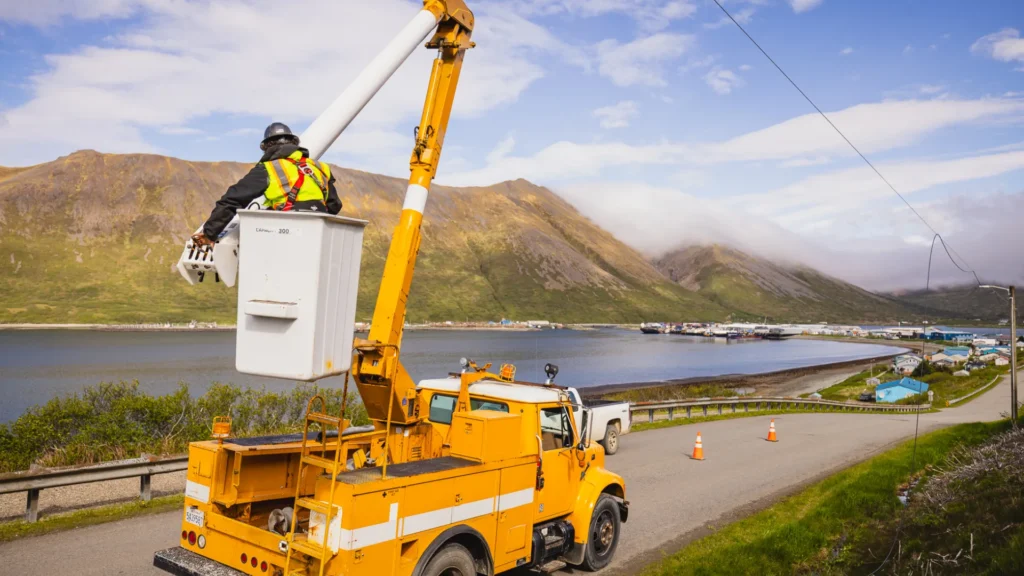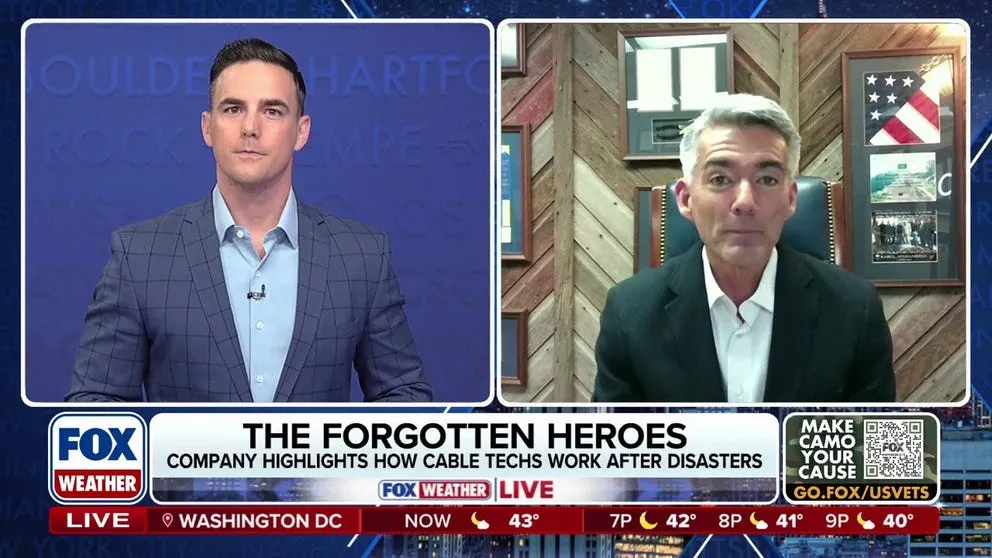In Washington, a new year has brought a renewed focus on ways to invest in America’s infrastructure, including broadband networks. While we are familiar with congested highways and crumbling bridges, our nation’s broadband infrastructure tells a different story. Since 1996 the cable industry has invested over $250 billion in capital infrastructure resulting in faster and better broadband for millions of consumers. As the nation’s largest broadband provider, cable’s advanced broadband networks are available to 93 percent of U.S. homes.
While the hundreds of billions of private capital has fueled the rapid expansion and improvement of internet networks to most American households, we recognize that we have not yet reached our goal of providing all Americans with access to the internet.
There is some comfort in knowing that we do not to start from a blank slate in closing the remaining digital divide. In recent years, the FCC has begun reorienting traditional telephone support programs to serve our national interest in bringing broadband to new households. The Commission has committed roughly $30 billion over the next 10 years through the Connect America Fund to deliver broadband to millions of homes that don’t have it today. And while that may further shrink the number of 0 Mbps connections, there may be some households that remain unserved.
To continue progress, it’s imperative that we remain focused on policies that result in bringing high-capacity and high-speed broadband networks to communities that need it the most. That is why we’re providing this constructive blueprint that offers guideposts for how policymakers can strive for thoughtful and effective broadband policies.
“It’s imperative that we remain focused on policies that result in bringing high-capacity and high-speed broadband networks to communities that need it the most.”
Identify problem areas before spending money to fix them. The 2009 stimulus programs distributed billions of dollars in funding before completion of the $350 million broadband mapping project that also was required under the law. This approach resulted in wasteful spending in many areas that already had broadband. We encourage policymakers to identify where broadband is needed before spending money. The first step should be to create an up-to-date map documenting where broadband already is available and where government funding already has been committed.
Deliver broadband to those who don’t have it. While broadband in America has been a free market success story, there are still gaps in deployment in high cost areas that can only be filled with government assistance. As the FCC has made clear, subsidies spent in areas that already have broadband are wasteful because they deprive those with no service needed support and harm competitors not relying on government subsidies. We hope Congress and the new administration will adopt a zero tolerance policy for overbuilds across all federal broadband support programs. Only by ensuring that money goes to unserved areas will the government be able to deliver universal broadband access. Similarly, we should be wary of proposals that would rewrite performance thresholds to redefine today’s served households as unserved and instead we should ensure that everyone is served before some seek seconds.
Provide equal opportunities for all qualified broadband providers. While awarding contracts through competitive bidding is a common practice in business, it is absent from many broadband subsidy programs. Broadband networks are available from all different types of providers using all different types of technologies, yet one specific class of companies – incumbent telephone companies – historically has received preferential access to subsidies. The FCC recently has implemented competitive bidding in some of its much smaller programs and going forward, this should be a mandatory element of every federal broadband subsidy program.
Embrace alternative technologies in remote areas. Making wired broadband available to 100 percent of homes is a laudable goal, but we know from experience that there is a small percentage of homes where it is not feasible. In order to get broadband service to those homes quickly, policymakers should consider satellite or other wireless internet technologies as an option in some remote areas.
Ensure transparency and accountability to ensure government funds achieve intended results. Though the Government Accountability Office has issued numerous reports over the years criticizing broadband subsidy programs for insufficient accountability and transparency, nothing has changed. We encourage the new administration to require agencies that distribute broadband support to maintain an easily accessible online dashboard that shows who is receiving money, how much they are receiving, when they received it, and tracks whether they are accomplishing the required goals with the money.









